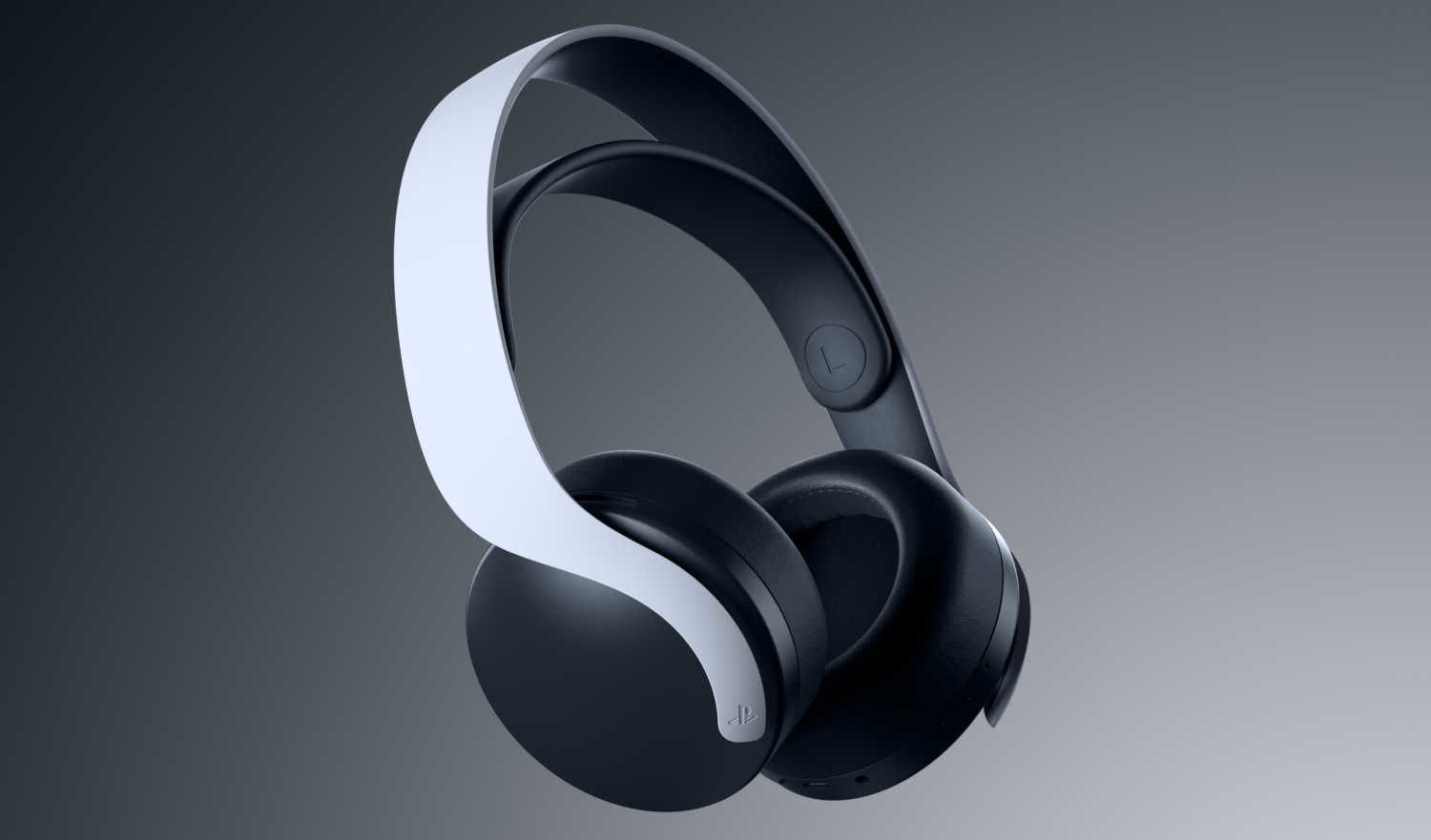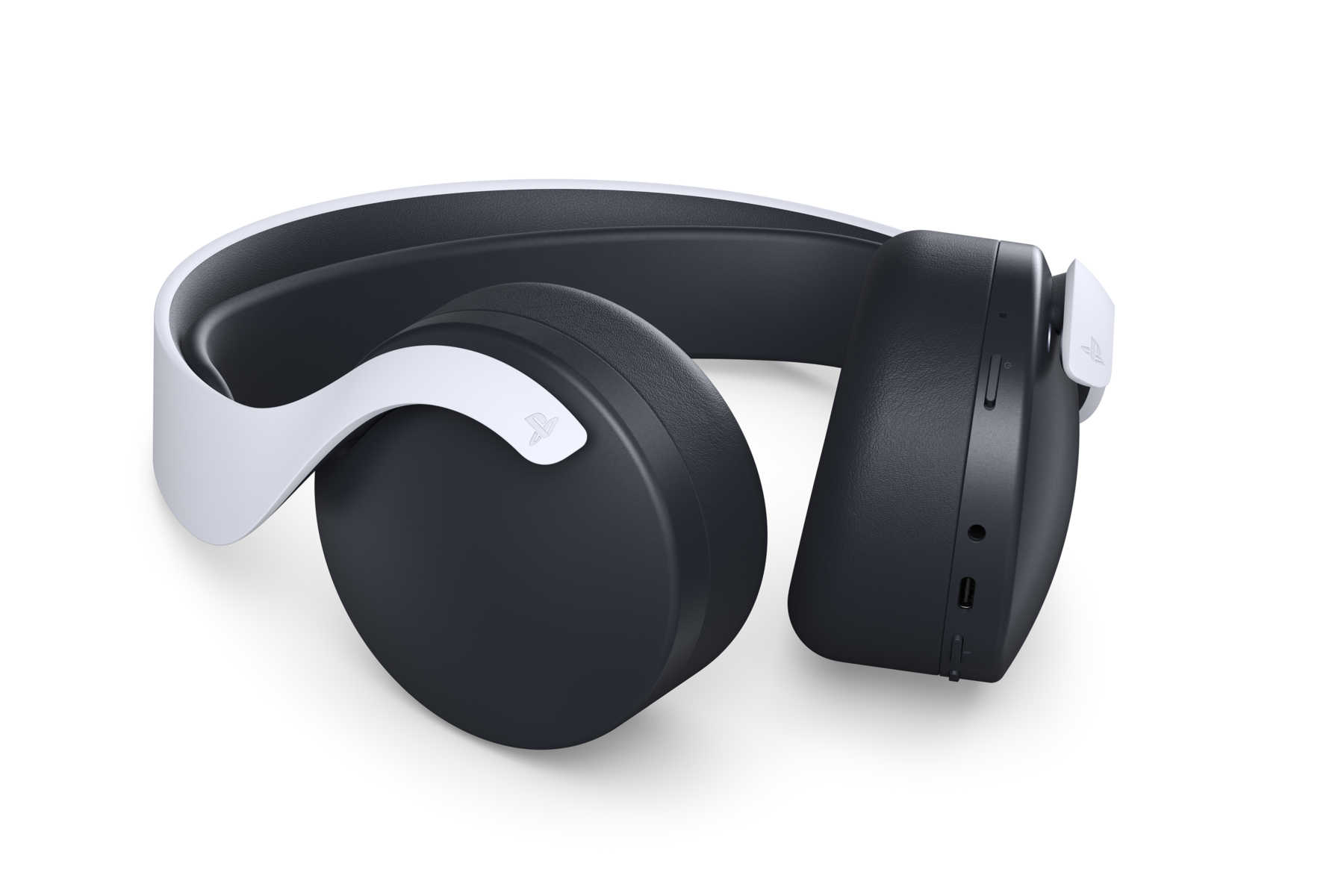
The PlayStation 5 Pulse 3D headset is certainly an eye-catching accessory, with its design seamlessly blending with the aesthetics of the PlayStation 5 console. Displaying it on a stand next to the console makes for a visually appealing gaming setup. However, despite its attractive design, the Pulse 3D headset leaves much to be desired in terms of usability, comfort, audio quality, and microphone performance when compared with the competition.
Usability is one of the most significant issues with the Pulse 3D headset. Unlike the Xbox headset’s intuitive twisting ear cup adjustment, Sony opted for a cluttered arrangement of buttons on the side of the ear cups. These buttons are nearly indistinguishable from one another, often requiring the user to remove the headset to find the correct button, creating a frustrating experience.
Comfort is another area where the Pulse 3D headset falls short. The small ear cups may not fully accommodate the user’s ears, resulting in discomfort during extended gaming sessions. There is plenty of soft padding around the rim, which doesn’t initially cause any discomfort but it isn’t until you remove the headset after a long gaming session that your ears feel a delayed pain from being squashed. This is especially disappointing considering the premium price tag of the headset.
The audio quality of the Pulse 3D headset is not terrible, there is a lot of clarity and you can easily distinguish various layers of audio in a game. The same can’t be said for listening to music which is another area of the Pulse 3D headset that falls short when compared to Microsoft’s Xbox headset. Although there is little to complain about when it comes to the quality of the audio, the advertised 3D sound aspects are difficult to spot, in fact, there doesn’t appear to be any discernable difference in what you would hear from this headset and a regular one.
Mic quality is without a doubt the weakest part of the Pulse 3D headset. The audio captured is highly distorted and muffled. A cheap $20 headset that runs through a wired 3.5mm jack to the Dualsense controller provides a comparable level of audio quality. When compared to the Xbox headset, the difference in mic quality is striking, highlighting Pulse 3D’s shortcomings in this area. The microphone is a truly awful, full stop, never mind for a headset of this price range. It seems utterly unacceptable that the mic would be this bad.
One redeeming feature of the Pulse 3D headset is its integration with the PS5, allowing users to see the battery level on the console from the main menu, as you would with a game controller. In saying this, it is rather puzzling that the mute button on the Dualsense controller is unable to mute the headset.
The battery life of this headset is quite impressive, lasting around 12 hours with constant audio and mic use. This is an impressive amount of time but when the experience is rather lackluster, it doesn’t do much to improve the experience.
Finally, it is puzzling that Sony, the manufacturer of both the PlayStation 5 and the Pulse 3D headset, still requires the use of a USB dongle for connectivity. This additional hardware adds clutter and raises questions about the coherence of Sony’s product ecosystem.

In conclusion, the PlayStation 5 Pulse 3D headset is a classic case of style over substance. While it may be a visually pleasing addition to your gaming setup, the headset’s usability, comfort, audio quality, and mic performance leave much to be desired. Gamers looking for a more satisfying audio experience should consider alternative headsets on the market. The Pulse 3D does not offer anything you couldn’t find in a headset half the price.

























